Part 2. A new responsive design.
Mobile is the new black. Mobile phones are increasingly used to access the web and websites need to take that into account.
I’m using BlogEngine.NET which can deliver pages using a different template to browsers with small screens but that’s not ideal for larger phones and tablets. However, there is a better way – responsive web design. With a responsive design, CSS media queries and flexible images provide a flexible layout that is adjusted based on the screen (or browser) size.
The BlogEngine.NET team have recognised that responsive design is the way forward so the recently released version uses the Bootstrap framework for the default template and administration UI. They’ve done a great job.
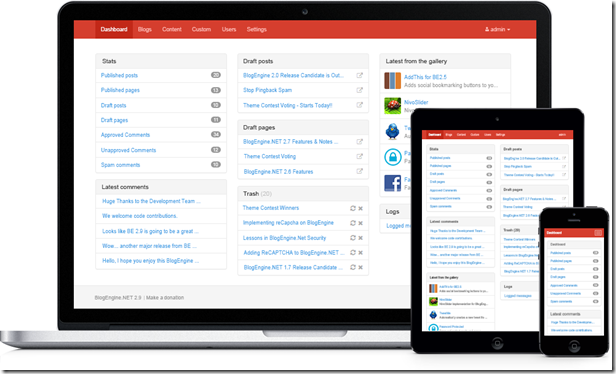
As part of moving my blog to Windows Azure as described in part 1, I felt a new look was in order but I didn’t want to use the new BlogEngine.NET template so set about designing my own.
Bootstrap isn’t the only framework that can help you build a responsive design. There’s Foundation, HTML5 Boilerplate, HTML KickStart and Frameless to name a few. I wanted a framework without too much in-built styling. Although Bootstrap can be customised, there are a lot of choices if you take that route.
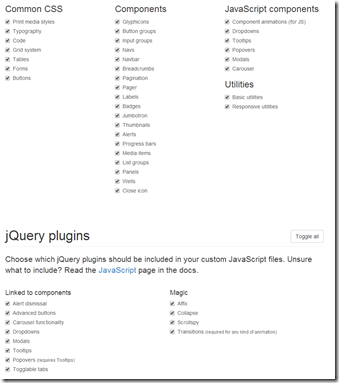
I chose Skeleton as the framework for my design. It’s a straightforward grid system with minimal styling. And I’ve retained the minimal styling, only introducing a few design elements. My design is inspired by the Microsoft design language (formerly Metro) – that basically comes down to flat, coloured boxes. Can you tell I’m not a designer?
An added complexity is the introduction of high pixel density displays such as Apple’s Retina. Images that look fine on a standard display, look poor on Retina and the like. Creating images with twice as many pixels is one solution but I chose the alternative route of Scalable Vector Graphics. modernuiicons.com provides an amazing range of icons (1,207 at time of writing), intended for Windows Phone but perfect for my design. They appear top-right and at the bottom of the blog.
Another website that came in very handy was iconifier.net – icon generator for Apple and favicon icons.
So, I’m now running on Windows Azure with a new responsive design. Perhaps I’ll get round to writing some blog articles that justify the effort?
Part 1. Getting up and running on Windows Azure.
Microsoft’s cloud computing platform has a number of interesting features but the ability to create, deploy and scale web sites is particularly interesting to .NET developers. Many ISPs offer .NET hosting but few make it as easy as Azure.
The web server setup and maintenance is all taken care of and managed by Microsoft, which I already get with my current host Arvixe. However, apps can be deployed directly from GitHub and Bitbucket (and more) and it’s possible to scale to 40 CPU cores with 70 GB of memory with a few clicks. If you don’t need that level of performance, you might even be able to run on the free tier.
Here’s how I got up and running (I’ve already gone through the process of setting up an Azure account).
Create a new website from the gallery:

In the gallery, select BlogEngine.NET. Choose a URL (something.azurewebsites.net) and a region (I choose North or West Europe as those are closest to my location).
Wait. 90 seconds later, a default BlogEngine.NET website is up and running.
I’ve created a source control repository in Mercurial. This contains:
- extensions (in App_Code, Scripts and Styles)
- settings, categories, posts, pages (in App_Data)
- the new design for the blog (in Themes) – see part 2
Next, I need to configure my web site to deploy from Bitbucket where I’ve pushed that repo. “Set up deployment from source control” is an option in the dashboard:
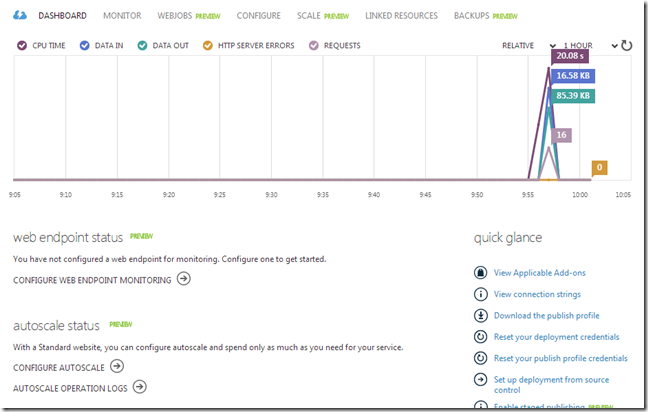
Select Bitbucket and you’ll be asked to log in and allow Azure to connect to your repos:
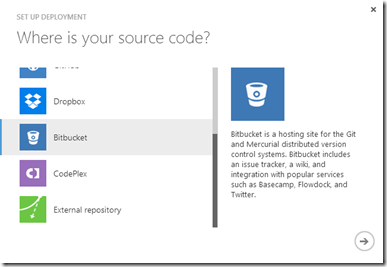
Azure will then deploy that repo to the website from the latest revision.
All that’s left is to log into blog and make a couple of changes. Firstly, I delete the default blog article created by BlogEngine.NET. I’m displaying tweets on my blog using the “Recent Tweets” widget so I install that.
I’m using a custom domain rather than something.azurewebsites.net. That means I have to scale up from the free tier to shared:

Windows Azure must verify that I am authorized to use my custom domain. I do this by making a DNS change (my DNS records are hosted with DNSimple), adding a CNAME records pointing from awverify.www.robinminto.com to awverify.robinminto-com.azurewebsites.net and from awverify.robinminto.com to awverify.robinminto-com.azurewebsites.net. If I wasn’t using the domain at the time, I could have added the CNAME records without the awverify prefix. Verification step complete, I can then add the domain names to Azure.
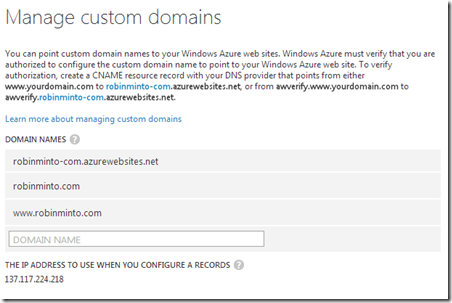
Finally, having checked everything is working properly I change the DNS entries (as above without the awverify prefix) to point to my new web site and it’s job done!
I took the opportunity to update the design that I use. I’ll deal with that in part 2.